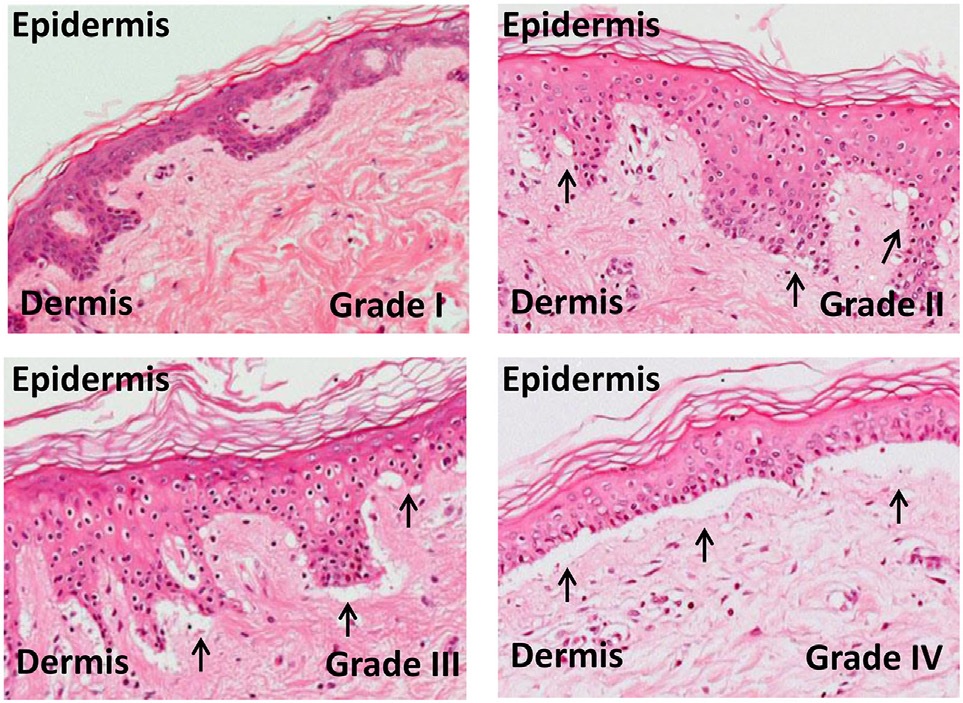|
Thymoma-associated Multiorgan Autoimmunity
Thymoma-associated multiorgan autoimmunity (TAMA) is a severe often fatal disease that presents in some patients with thymoma. It has also been referred to in the medical literature as "thymoma-associated graft-versus-host-like disease". Presentation Patients with TAMA present with variable combinations of a morbilliform skin eruption, chronic diarrhea, and abnormal liver enzymes. The histopathology of the skin, liver, or bowel mucosa resembles GVHD. Pathophysiology Thymoma is a common neoplasm arising from the thymus, the primary lymphoid organ where T cells become educated to distinguish "self" from "non self". In the setting of thymoma, abnormal thymic education occurs as a result of subtle differences in antigen processing. In TAMA these differences result in autoreactive T cells escaping from the thymus. This results in a condition similar to graft-versus-host disease Graft-versus-host disease (GvHD) is a syndrome, characterized by inflammation in different organs. GvHD i ... [...More Info...] [...Related Items...] OR: [Wikipedia] [Google] [Baidu] |
Thymoma
A thymoma is a tumor originating from the epithelial cells of the thymus that is considered a rare malignancy. Thymomas are frequently associated with neuromuscular disorders such as myasthenia gravis; thymoma is found in 20% of patients with myasthenia gravis. Once diagnosed, thymomas may be removed surgically. In the rare case of a malignant tumor, chemotherapy may be used. Signs and symptoms A third of all people with a thymoma have symptoms caused by compression of the surrounding organs by an expansive mass. These problems may take the form of superior vena cava syndrome, dysphagia (difficulty swallowing), cough, or chest pain. One-third of patients have their tumors discovered because they have an associated autoimmune disorder. As mentioned earlier, the most common of those conditions is myasthenia gravis (MG); 10–15% of patients with MG have a thymoma and, conversely, 30–45% of patients with thymomas have MG. Additional associated autoimmune conditions include thymo ... [...More Info...] [...Related Items...] OR: [Wikipedia] [Google] [Baidu] |
Thymus
The thymus is a specialized primary lymphoid organ of the immune system. Within the thymus, thymus cell lymphocytes or ''T cells'' mature. T cells are critical to the adaptive immune system, where the body adapts to specific foreign invaders. The thymus is located in the upper front part of the chest, in the anterior superior mediastinum, behind the sternum, and in front of the heart. It is made up of two lobes, each consisting of a central medulla and an outer cortex, surrounded by a capsule. The thymus is made up of immature T cells called thymocytes, as well as lining cells called epithelial cells which help the thymocytes develop. T cells that successfully develop react appropriately with MHC immune receptors of the body (called ''positive selection'') and not against proteins of the body (called ''negative selection''). The thymus is largest and most active during the neonatal and pre-adolescent periods. By the early teens, the thymus begins to decrease in size and ... [...More Info...] [...Related Items...] OR: [Wikipedia] [Google] [Baidu] |
Graft-versus-host Disease
Graft-versus-host disease (GvHD) is a syndrome, characterized by inflammation in different organs. GvHD is commonly associated with bone marrow transplants and stem cell transplants. White blood cells of the donor's immune system which remain within the donated tissue (the graft) recognize the recipient (the host) as foreign (non-self). The white blood cells present within the transplanted tissue then attack the recipient's body's cells, which leads to GvHD. This should not be confused with a transplant rejection, which occurs when the immune system of the transplant recipient rejects the transplanted tissue; GvHD occurs when the donor's immune system's white blood cells reject the recipient. The underlying principle ( alloimmunity) is the same, but the details and course may differ. GvHD can also occur after a blood transfusion if the blood products used have not been irradiated or treated with an approved pathogen reduction system. Types In the clinical setting, graft-versus-h ... [...More Info...] [...Related Items...] OR: [Wikipedia] [Google] [Baidu] |
Emanual Maverakis
Emanual Maverakis is an American physician-scientist, immunologist working in the field of immunogenetics, and a professor at the University of California, Davis. Early life and education Emanual Maverakis was born in Oakland, California, and spent his early childhood in South Central Los Angeles. His family eventually relocated to Moorpark, California, where he attended high school. He is of mixed heritage. His mother's family immigrated to the United States from Jalisco Mexico and his father's family immigrated from Crete. Although he would become an accomplished academician, following high school, Maverakis did not immediately pursue a university education. He spent 3 years working as a security guard. He eventually completed his undergraduate studies at the University of California, Los Angeles (UCLA), where he worked with and was mentored by the late Eli Sercarz PhD, a notable immunologist. He graduated from UCLA with departmental honors and with the Latin distinction summa c ... [...More Info...] [...Related Items...] OR: [Wikipedia] [Google] [Baidu] |

